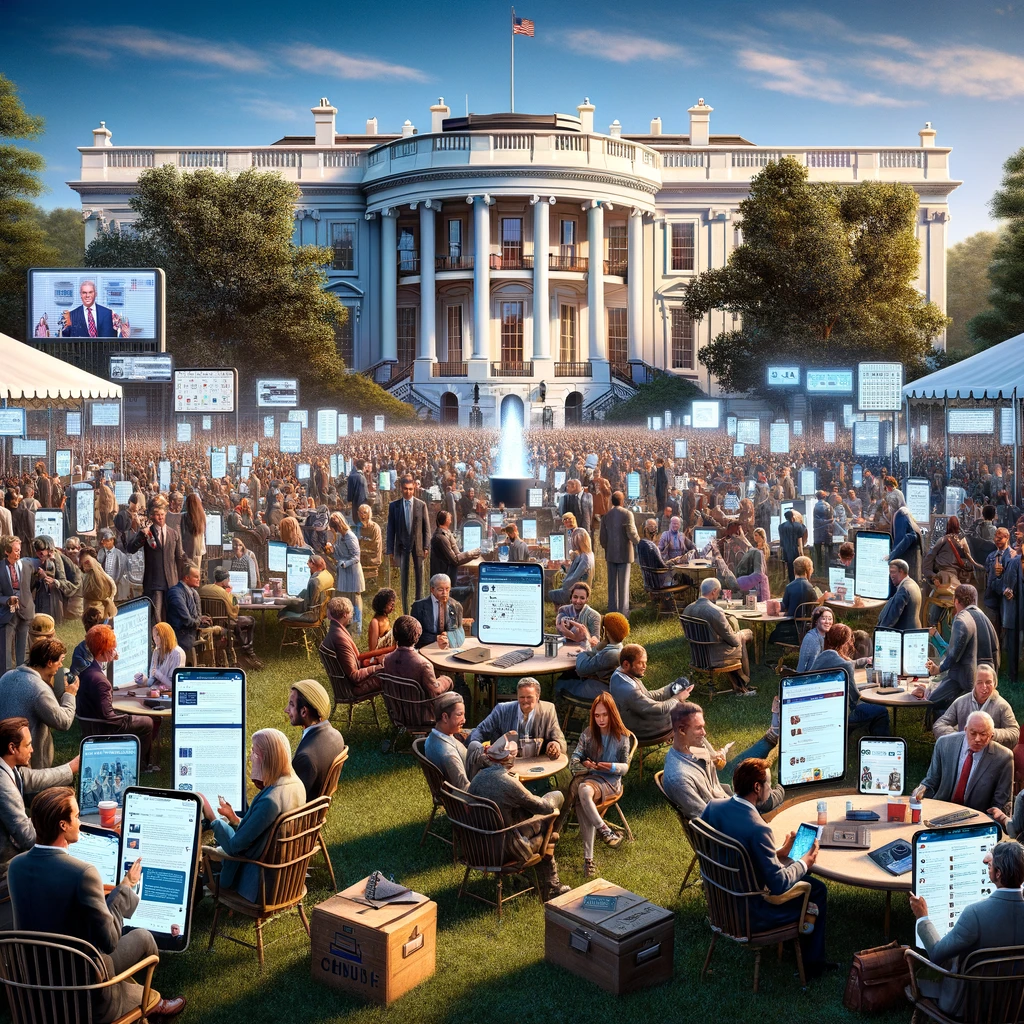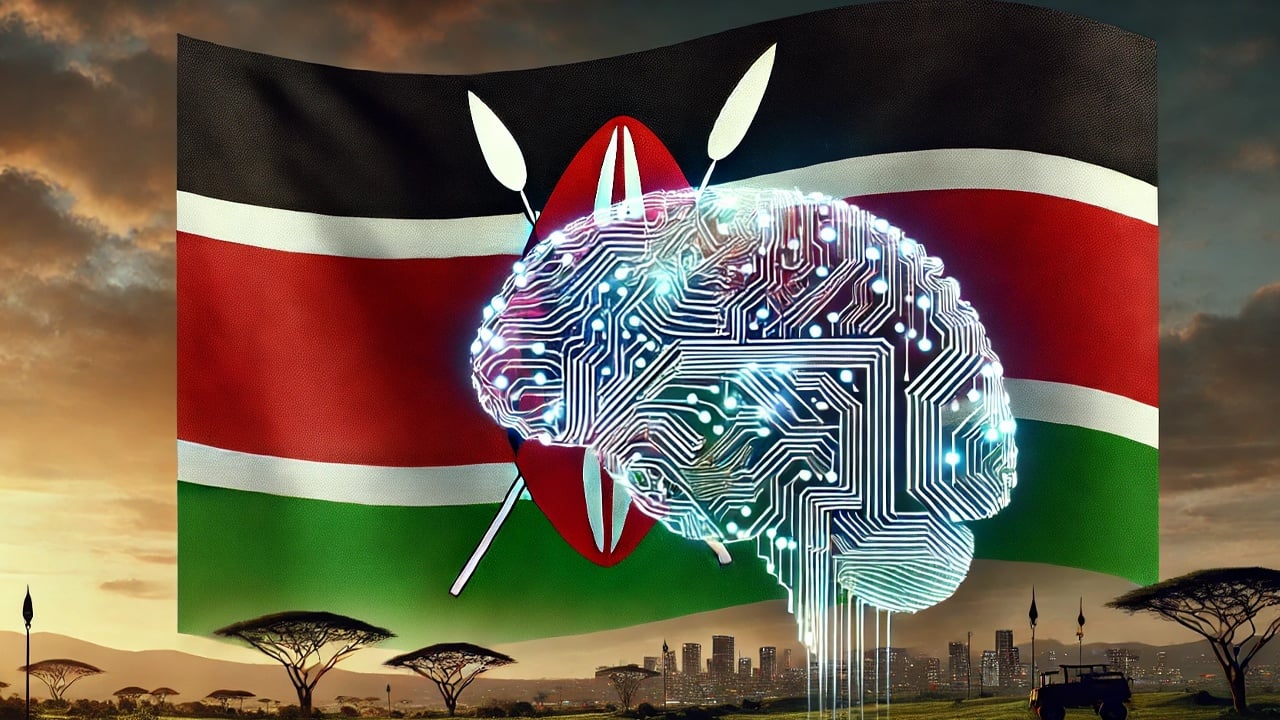In a move to address the ongoing AI Open Source Debate over the accessibility and modification of artificial intelligence (AI) systems, the White House, led by President Joe Biden, has launched an initiative to gather public opinion on the dichotomy between open and closed AI architectures. This initiative, encapsulated within a broader executive order signed by President Biden in October, reflects the administration’s commitment to navigating the intricate landscape of AI technology. Central to the discourse is the inquiry into the risks and advantages associated with making crucial components of AI systems publicly available for unrestricted usage and alteration.
The AI Open Source Debate Unfolds
While Meta Platforms and IBM champion the virtues of open AI models, citing their own experiences and successes in this domain, Google’s recent release of the Gemma models signals a subtle shift in its traditionally closed stance. Google’s move, albeit cautiously executed, hints at a potential convergence of ideologies within the tech landscape, where pragmatism and adaptability may supersede staunch adherence to rigid paradigms. However, the underlying tension between the desire for innovation and the imperative of security persists, underscoring the complexity inherent in navigating the AI Open Source Debate.
The AI Open Source debate extends beyond corporate boardrooms to encompass broader societal considerations. Advocates for open AI models argue that such transparency fosters trust and accountability, enabling independent scrutiny and facilitating the detection of biases or ethical lapses. Conversely, proponents of closed systems contend that stringent controls are necessary to safeguard against malicious exploitation and protect proprietary advancements. In essence, the discourse transcends mere technicalities to grapple with fundamental questions surrounding power, responsibility, and the ethical contours of AI development.
Navigating the Path Forward
As the NTIA opens its doors to public discourse, individuals and organizations alike are poised to contribute their insights and perspectives to shape the contours of future AI policies. The 30-day comment period presents an invaluable opportunity for stakeholders to articulate their concerns, propose solutions, and engage in collaborative dialogue aimed at fostering a more robust and inclusive AI ecosystem. Against the backdrop of evolving technological landscapes and geopolitical dynamics, the imperative of informed decision-making becomes ever more pronounced, underscoring the need for holistic approaches that transcend binary distinctions between open and closed systems.
Also, the NTIA’s initiative underscores the interconnected nature of AI governance, emphasizing the importance of multistakeholder engagement and international cooperation. Given the transnational reach of AI technologies and their potential to reshape global power dynamics, concerted efforts to establish common norms and standards are essential. By fostering an environment of trust, collaboration, and mutual respect, policymakers can pave the way for responsible AI innovation that serves the collective interests of humanity.
In light of the multifaceted considerations at play, the denouement of the AI Open Source Debate prompts a fundamental question: How can policymakers, industry leaders, and researchers collaborate to harness the transformative potential of AI while safeguarding against potential risks and vulnerabilities? As the discourse continues to unfold, finding common ground amidst divergent viewpoints and competing interests remains paramount. Perhaps, in the convergence of diverse perspectives lies the key to unlocking the full promise of artificial intelligence for the betterment of society.





